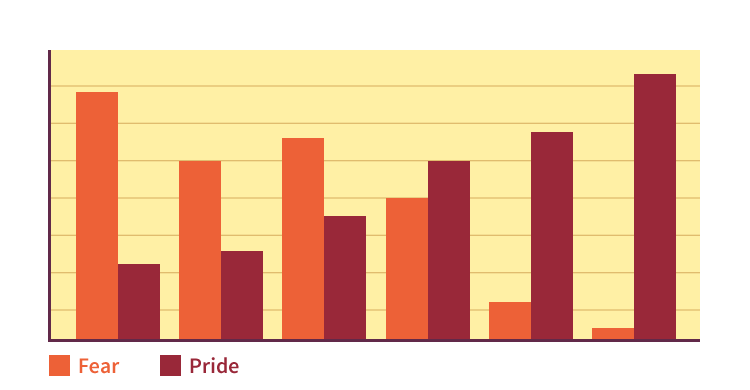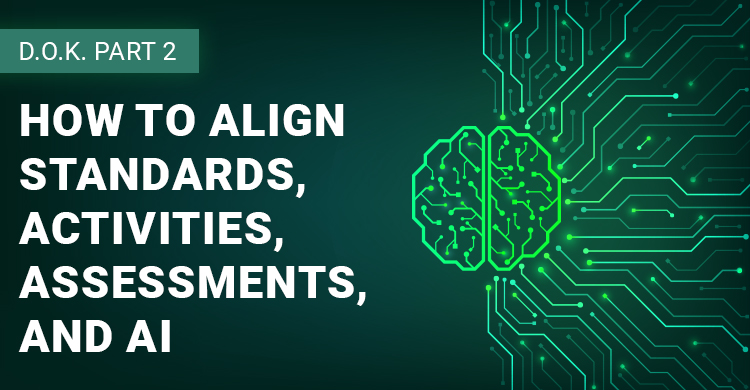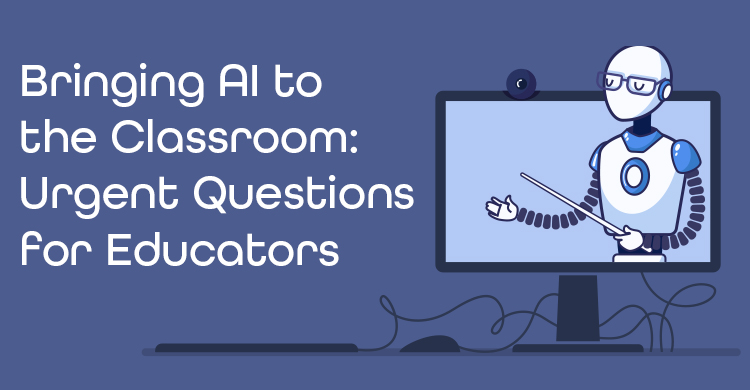“Wherever there is fear, you will get wrong figures.” ~W. Edwards Deming
While a pall hangs over Atlanta Public Schools, we are reminded that there is usually more to a scandal than meets the eye. Several years ago, when the story first broke, we challenged the leaders of that system to take a look at the conditions that led to, and perhaps even rewarded, the unfathomable behavior of the educators involved.
W. Edwards Deming was a great believer in the concept that 80% of an organization’s problems result from 20% of the causes. That is the Pareto principle, and it is at the heart of the work we do with districts, schools, and teams using SMART goals. Another important ratio defines where within a system the causes might be found – it is expressed as the 85/15 rule. Individuals have control or authority over only about 15% of what they do; authority for the other 85% is in the hands of an organization’s leaders and what they do to define and manage the system within which the individuals work. The point is to look first to the system to understand and ultimately change what is happening. (For more on the 85/15 rule, see The Handbook for SMART School Teams, Second Edition, pages 206-207.)
When systems are incoherent, inconsistent, or embed unintended rewards or sanctions for individual or group behaviors, the result is fear and mistrust. The situation in Atlanta reflected an unfortunate mixture of both sides of the 85/15 rule: individuals were culpable and they worked in a system that required data manipulation to survive.
As we embark on another testing season, one that might be especially scary for educators because of the new PARCC and SMARTer Balance assessments and the associated scrutiny and consequences, let’s consider the upside of what we can learn from both the Atlanta situation and from the use of data. What if, at a very deep level, the system was fundamentally different? What if the locus of control for decisions about teaching and learning was with the educators who actually see the children day in and day out? What if the system’s leaders provided readily accessible, valid, and useful data? What if the system provided the structures, time, resources, and support for educators to come together to examine and learn from their data on a regular basis, not just when the state test results come back? What if there was a clearly defined expectation that everyone in the system was responsible and accountable for improving student learning, not just for getting good scores? These questions describe what we call a Level III fix in our book, More Than a SMART Goal (pages 27-36) – that is, one which fundamentally transforms the system to assure improved and continuously improving results.
“All anyone asks for is a chance to work with pride.” ~W. Edwards Deming
To fully appreciate what a transformed system can look like, consider what’s happening at Ideal School. No, really, the name of the school is Ideal Elementary School and it can be found in the LaGrange 105 School District in Illinois. Recently, we heard Ideal’s principal, Steve Bahn, and three of his teacher leaders – fourth grade classroom teacher Gail Housman, Reading Specialist Colleen Gjataj, and Library Media Specialist Lisa Rodkey – describe with great enthusiasm how the use of data at the PLC and classroom levels has transformed their leadership, teaching, and learning practices. Everyone in the school, including students, is focused on achieving the school’s SMART Goal. Teachers create pre, mid, and post assessments to monitor student progress on every unit of study they teach. Students know how they’re doing and are involved in identifying their greatest areas of need (GAN), setting their own SMART Goals, and adjusting their learning strategies to meet their goals. The principal has developed easy-to-use spreadsheets for teachers to analyze, monitor, and report their results, which they do with great pride using the school’s shared Google Apps for Education. Three times a year, Superintendent Glenn Schlichting and Director of Curriculum Kathryn Heeke come to Ideal to listen, learn, and ask what they can do to support the work of their educators.
Clearly, transformation is a choice that leadership makes. The system will produce the results that leaders expect, one way or the other. Which way do you choose?
[author_bio id=”30″]
[author_bio id=”383″]






